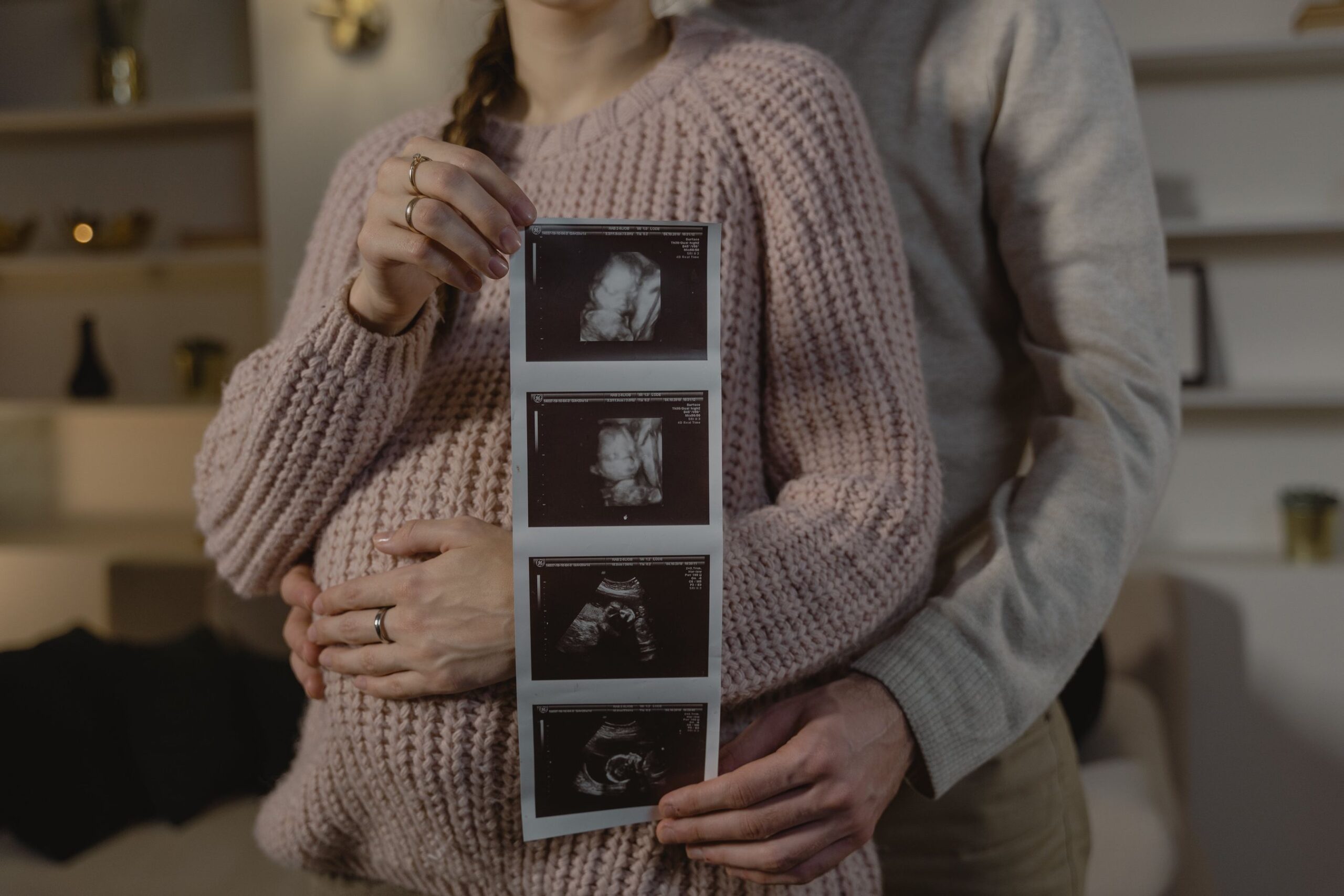Summary
Understanding the complex anatomy of the head and neck is very important for healthcare professionals in various fields, including otolaryngology, dentistry, and radiology. This knowledge provides the basis for the diagnosis and treatment of a wide variety of diseases, from dental problems to head and neck cancer. In this article, we will explore the basic components of head and neck anatomy, which include the bones of the skull, facial structures, and neck muscles.
Cranial bones:
The bones of the skull form the skull, protect the brain, and support various sense organs.
Frontal bone:
The frontal bone forms the upper part of the forehead and eye socket (or orbit).
Parietal bones:
The two parietal bones make up most of the top of the skull and the back of the head.
Temporal bones:
These bones contain the structures of the ear and attach to the jaw joint (temporomandibular joint).
Occipital Bone:
The occipital bone forms the base and back of the skull and contains the foramen magnum where the spinal cord joins the brain.
Sphenoid bone:
The sphenoid bone is located at the base of the skull and helps form the orbits and nasal cavity.
Ethmoid bone:
The ethmoid bone is located between the orbits and forms the septum of the upper nose.
Facial structures:
Facial structures are responsible for sensory perception, expression, and communication.
Nasal bones:
These bones form the bridge of the nose and support the nasal cartilage.
Zygomatic bones:
The zygomatic bones, or cheekbones, make up the lateral walls of the orbits and contribute to the cheeks’ prominence.
Jaw:
The jaw is the upper jaw that contains the upper teeth and forms the lower part of the orbit and nasal cavity.
Mandible:
The mandible is the lower jaw and is the strongest bone in the body. It has lower teeth and attaches to the jaw muscles.
Orbits:
Orbits are bony cavities that contain the eyeballs, their associated muscles, and glands.
Neck muscles:
The neck muscles provide support, stability, and mobility to the head and neck region.
Sternocleidomastoid:
This large muscle on each side of the neck allows the head to rotate and flex.
Trapezius:
The trapezius muscles are responsible for shoulder and neck movements and support the weight of the head.
A thorough understanding of the anatomy of the head and neck is critical to the diagnosis and treatment of conditions such as facial fractures, dental problems, and head and neck cancer. It is also important for interpreting medical imaging studies and performing surgical procedures. Healthcare professionals in specialties from oral surgery to plastic surgery rely on this information to provide comprehensive patient care and ensure people’s overall well-being.










